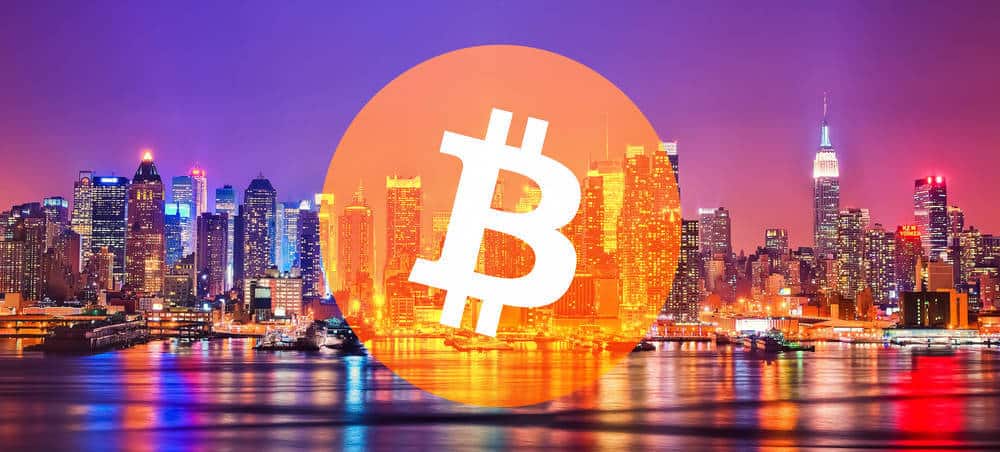A considerable amount of time, effort and monetary resources go into organizing any conference. This is true whether it’s a niche event for 50 or an international gathering of 5,000 people. The best way for organizers to validate this investment is for attendees to walk away having gained new knowledge, connections, ideas, convictions, etc.
A truly successful conference is more than one that goes off without any major hitches; it must also impart value upon attendees, even after they’ve left. So, what makes a conference or similar industry event memorable? Here are a few suggestions for organizers aiming to maximize the impactfulness of their next event.
Start with Speakers and Panelists
The foundation of any event depends on its lineup of speakers and panelists. These names often represent the main draw for people to attend a given event. It’s very important to choose the best presenters possible, as they will—perhaps literally—be in the spotlight.
Start by considering these parameters when you’re deciding which speakers to invite:
- Relevant to the industry
- Able to speak on timely, applicable topics
- Strong, dynamic speaking abilities
- Able to motivate and inspire audience
The same principles apply to choosing the right mix of discussion panelists and moderators. Getting the right people onstage will elevate memorable messaging and delivery so attendees will engage with each session.
Encourage Audience Interactivity
Memorability hinges on attendees retaining what they see and hear over the course of a conference. Hint: Interactive sessions that turn passive audiences into active participants are a lot more interesting that those that deliver information in a one-way flow. Here are a few creative event ideas possible using an audience response system like Poll Everywhere’s:
- Hold a trivia contest: Reward people for paying attention and retaining information by hosting a friendly trivia competition. People can participate using their mobile devices.
- Ask a thought-provoking question: Speakers can kick off sessions with an interesting questions, collecting anonymous responses from the audience. Then they can reveal the answer later in their presentation to keep the audience feeling involved.
- Create a live word cloud: Ask attendees to contribute a word, short phrase or emoji based on a prompt. The results aggregate in real time, adding visual interest to any conference.
- Survey the audience: Rather than waiting until the end to solicit audience feedback, provide opportunities for people to answer questions and offer comments throughout a presentation.
- Streamline group Q&A: Skip microphones and hand-raising; use online polling to collect answers from everyone in real-time for more dynamic Q&A sessions.
Give people a reason to sit up, pay attention and engage. Doing so will make presentations much more noteworthy.

Smooth Out the Logistical Details
There’s a caveat to memorability: You want people to remember your conference for the right reasons—not technical disasters, disorganization, delays or other inconveniences. Every step requires careful planning, from scheduling to registration; operating A/V equipment to coordinating speakers. As Search Engine Journal writes on planning conferences, “It is probably a given at this point that with everything else falling into place, you can’t leave anything to chance or unorganized on event day.”
Once you have the baseline details in place—and troubleshooting measures ready to go, if needed—you can focus on adding those unique “flourishes” that will set your conference apart in the minds of attendees.
What makes a conference or industry event memorable in all the right ways? To start: A compelling lineup of speakers, the opportunity for the audience to engage and logistics that run in the background like a well-oiled machine.



